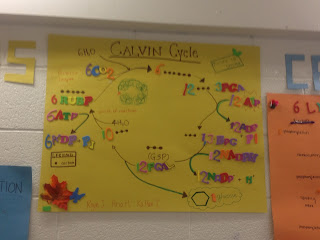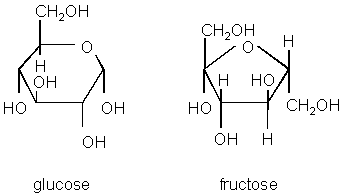Density-dependent factors occur when the increasing population are facing a limited resources. This was introduced to us in the first part of the game, when the class was divided into two groups -- deer and resource. Individuals in both groups had to choose what they are (resource) or what they consume (deer) with options of water,shelter and food. As the game progress, the resource reduced as the deer consumed it. Soon enough the resource available was not able to meet the need of the deer. This was where it reached the carrying capacity.Consequently, dead deer will eventually turned back into resource as it decomposes by the fungi over the time.
Density-independent factors are factors such as flood, drought, forest fire or predators. This was presented during the second part of the game where factors of flood and such were inserted into the game in which gave a limitation on resources. As result, the deer population started to shrink due to a shortage of supply or the death from predator.Similarly to the predator who consume on the deer, they will face a density-dependent factor when their resource -- the deer is short.


















